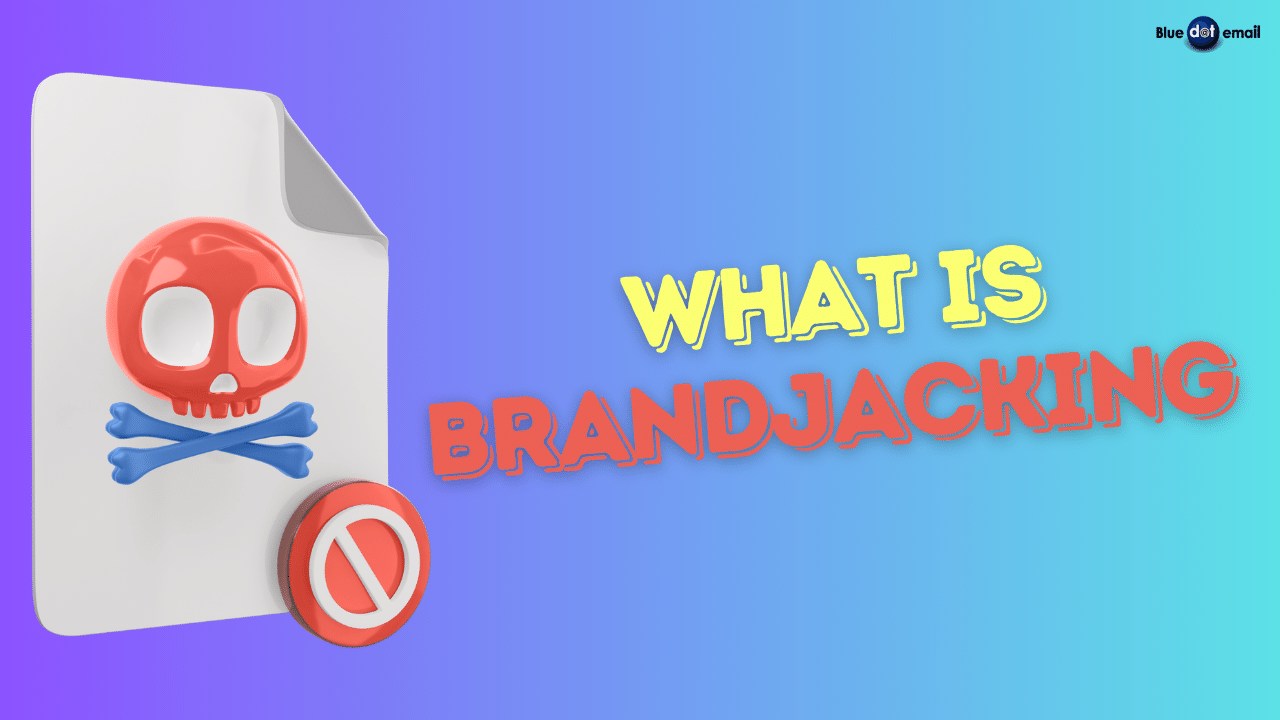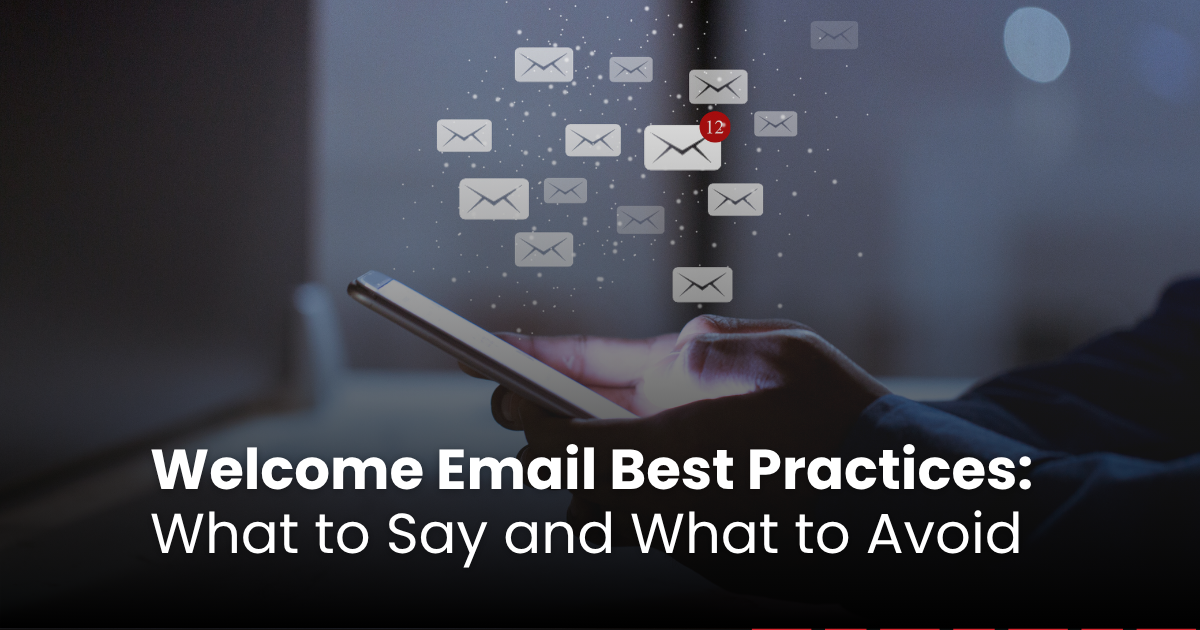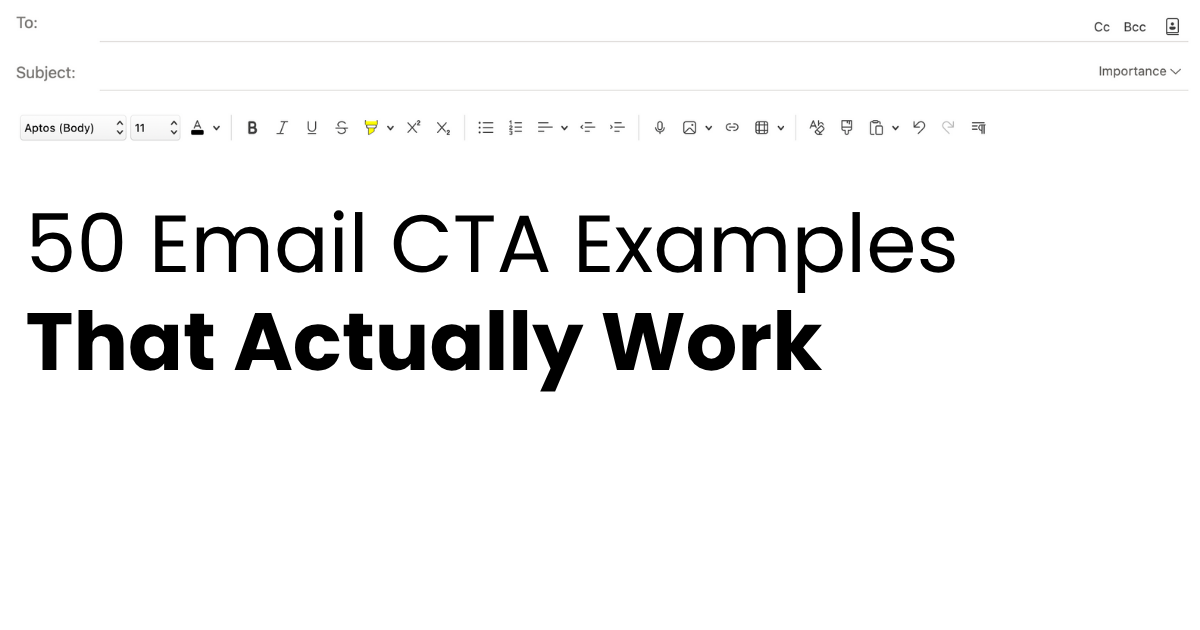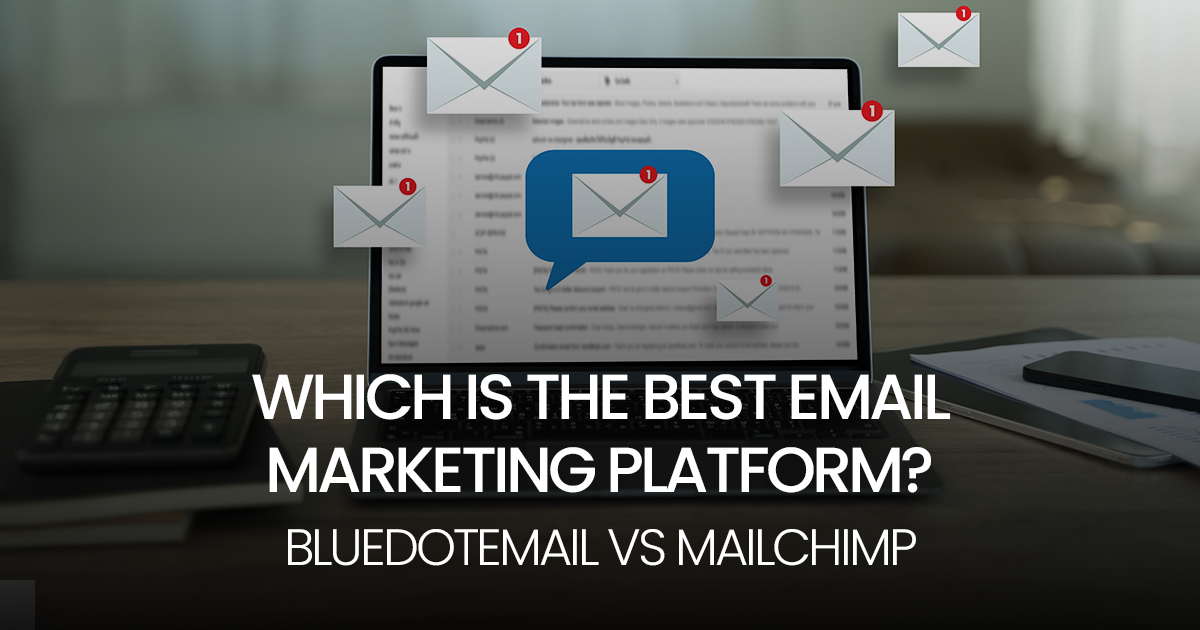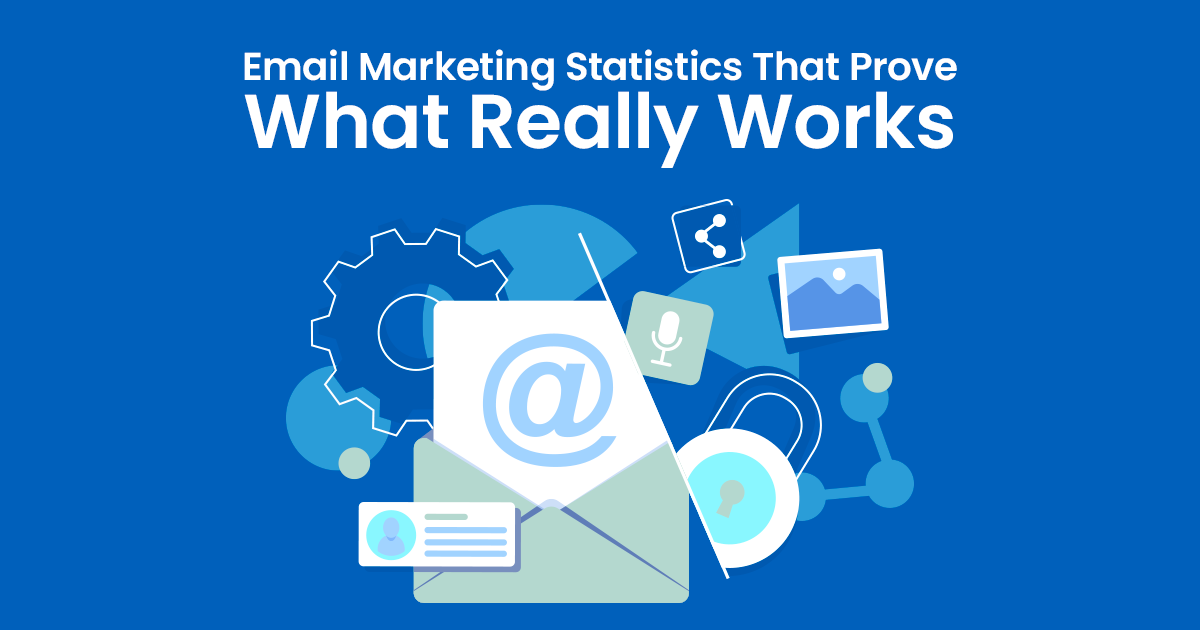What is Brandjacking?
Brandjacking refers to the unauthorized use of a company’s brand, logo, or identity for deceptive or malicious purposes. It can take various forms, including domain squatting, social media impersonation, counterfeit products, and unauthorized use of trademarks.
The purpose of brandjacking often aims to deceive consumers, tarnish the brand’s reputation, or gain financial benefits through fraudulent activities.
Types of Brandjacking
a) Domain Squatting
Unauthorized individuals or entities register domains similar to legitimate brands to mislead or divert traffic.
b) Social Media Impersonation
Fake social media profiles mimic official brand accounts to engage in fraudulent activities or spread misinformation.
c) Counterfeit Products
Manufacturing and selling fake products under a reputable brand’s name, often deceiving consumers.
d) Trademark Infringement
Unauthorized use of trademarks, logos, or copyrighted content without permission, leading to brand dilution or legal issues.
The Impact of Brandjacking
Brandjacking can have severe consequences for businesses and individuals:
1. Reputational Damage
Brandjacking can erode trust and credibility among customers, leading to a loss of brand loyalty and negative perceptions in the market.
2. Financial Losses
Fraudulent activities associated with brandjacking can result in direct financial losses, legal expenses, and damage to revenue streams.
3. Legal and Regulatory Issues
Brandjacking can lead to trademark infringement, copyright violations, and legal disputes that can harm the brand’s legal standing and reputation.
What is Brandjacking on Google Ads?
Brandjacking on AdWords (Google Ads) occurs when malicious entities bid on a brand’s keywords to display misleading or counterfeit ads. This practice aims to redirect traffic away from the genuine brand’s website or promote counterfeit products, harming the brand’s reputation and potentially causing financial losses.
Brandjacking on Google Ads can lead to confusion among consumers, erode trust in legitimate brands, and result in wasted advertising budgets for businesses. Businesses must monitor their brand mentions and ad campaigns diligently on Google Ads to detect and prevent brandjacking attempts.
Brandjacking Examples
1. Phishing Emails
Sending fake emails that appear to be from a reputable brand, tricking recipients into revealing sensitive information.
2. Fake Social Media Profiles
Creating social media accounts using a brand’s name and logo to engage in scams or spread false information.
3. Domain Spoofing
Creating websites with domain names similar to authentic brands to deceive visitors or conduct fraudulent activities.
Is Brandjacking Legal?
No, brandjacking is not legal and raises significant legal concerns as it often involves unauthorized use of a brand’s identity, trademarks, or copyrighted material.
In many jurisdictions, brandjacking constitutes trademark infringement, which is illegal and subject to legal action. It can also violate laws related to unfair competition, consumer protection, and intellectual property rights.
The legal ramifications of brandjacking vary depending on factors such as the extent of the infringement, the jurisdiction where the offense occurs, and the specific laws governing intellectual property.
Companies can protect themselves by registering trademarks, monitoring brand mentions, and taking swift legal action against brandjackers.
Seeking legal counsel and understanding the applicable laws in each relevant jurisdiction are crucial steps in combating brandjacking and safeguarding brand integrity.
Also Read: Is Email Marketing Legit: Separating Fact from Fiction
Pros and Cons of Brandjacking
Pros of Brandjacking:
Increased Visibility: Brandjacking can sometimes lead to increased visibility for a brand, as the unauthorized content or activities may attract attention from a wider audience.
Competitive Advantage: In some cases, brandjacking strategies may provide a competitive advantage in online spaces, allowing brands to gain traction or stand out amidst competitors.
Cons of Brandjacking:
Reputation Damage: Brandjacking can severely damage a brand’s reputation, especially if the unauthorized activities are malicious or deceptive. It can lead to loss of trust among consumers.
Legal Issues: Brandjacking often involves legal violations such as trademark infringement, copyright infringement, and deceptive practices. This can result in legal actions, fines, or other penalties.
Financial Losses: Businesses may suffer financial losses due to brandjacking, such as decreased sales, increased advertising costs to combat fake ads, or expenses related to legal proceedings.
Negative Customer Experience: Consumers can have a negative experience if they encounter fake products, scams, or misleading information due to brandjacking activities. This can impact brand loyalty and customer relationships negatively.
Time and Resources: Dealing with brandjacking incidents requires significant time and resources from businesses, including monitoring, legal actions, and reputation management efforts.
How to Keep Your Website (and Brand) Safe
Brandjacking is a serious threat that requires proactive measures to safeguard your brand’s integrity and reputation. Here are additional strategies to protect your brand from hijacking:
1. Implement Strong Password Policies
Ensure that all accounts associated with your brand, including social media profiles, website CMS, and email accounts, have strong passwords. Use a combination of letters, numbers, and special characters, and avoid using easily guessable information.
2. Enable Two-Factor Authentication (2FA)
Utilize two-factor authentication wherever possible to add an extra layer of security. 2FA requires users to provide two forms of identification before accessing an account, reducing the risk of unauthorized access.
3. Regularly Monitor Online Activities
Set up alerts or use monitoring tools to keep track of mentions, discussions, or activities related to your brand across various online platforms. Early detection of suspicious or unauthorized activities can help prevent further brandjacking attempts.
4. Secure Your Domain Names
Register variations of your domain name and common misspellings to prevent domain squatting. Consider using domain privacy services to keep your registration details private and protect against domain hijacking.
5. Educate Your Team and Customers
Train your employees about cybersecurity best practices, including how to recognize phishing attempts, suspicious links, and other common brandjacking tactics. Educate your customers about genuine communication channels and how to verify the authenticity of brand interactions.
6. Collaborate with Legal Experts
Consult legal professionals specializing in intellectual property rights and cybersecurity to develop robust legal strategies. Ensure that your brand is legally protected through trademarks, copyrights, and other applicable legal mechanisms.
7. Monitor Ad Campaigns and Sponsored Content
Regularly review your ad and email marketing campaigns and sponsored content to detect any unauthorized use of your brand or misleading advertisements. Report any violations to the advertising platform and take necessary legal actions if required.
By adopting a proactive approach and staying vigilant, businesses can reduce the risks associated with brandjacking and maintain a strong and trustworthy brand image in the digital landscape.
FAQs about Brandjacking
How common is brandjacking in today’s digital landscape?
Brandjacking incidents are increasingly common due to the proliferation of online platforms and digital interactions.
Can small businesses be targets of brandjacking?
Yes, brandjacking can target businesses of all sizes, especially those with recognizable brands or trademarks.
What legal actions can be taken against brandjackers?
Legal actions may include issuing cease-and-desist orders, filing trademark infringement lawsuits, and reporting cybercrimes.
How can I detect potential brandjacking attempts early?
Regular monitoring of brand mentions, domain registrations, and social media activities can help detect brandjacking attempts early.
Are there cybersecurity tools specifically designed to prevent brandjacking?
There isn’t one specific cybersecurity tool to stop brandjacking, but a layered approach combining monitoring, protection software, and employee training can effectively prevent it.

